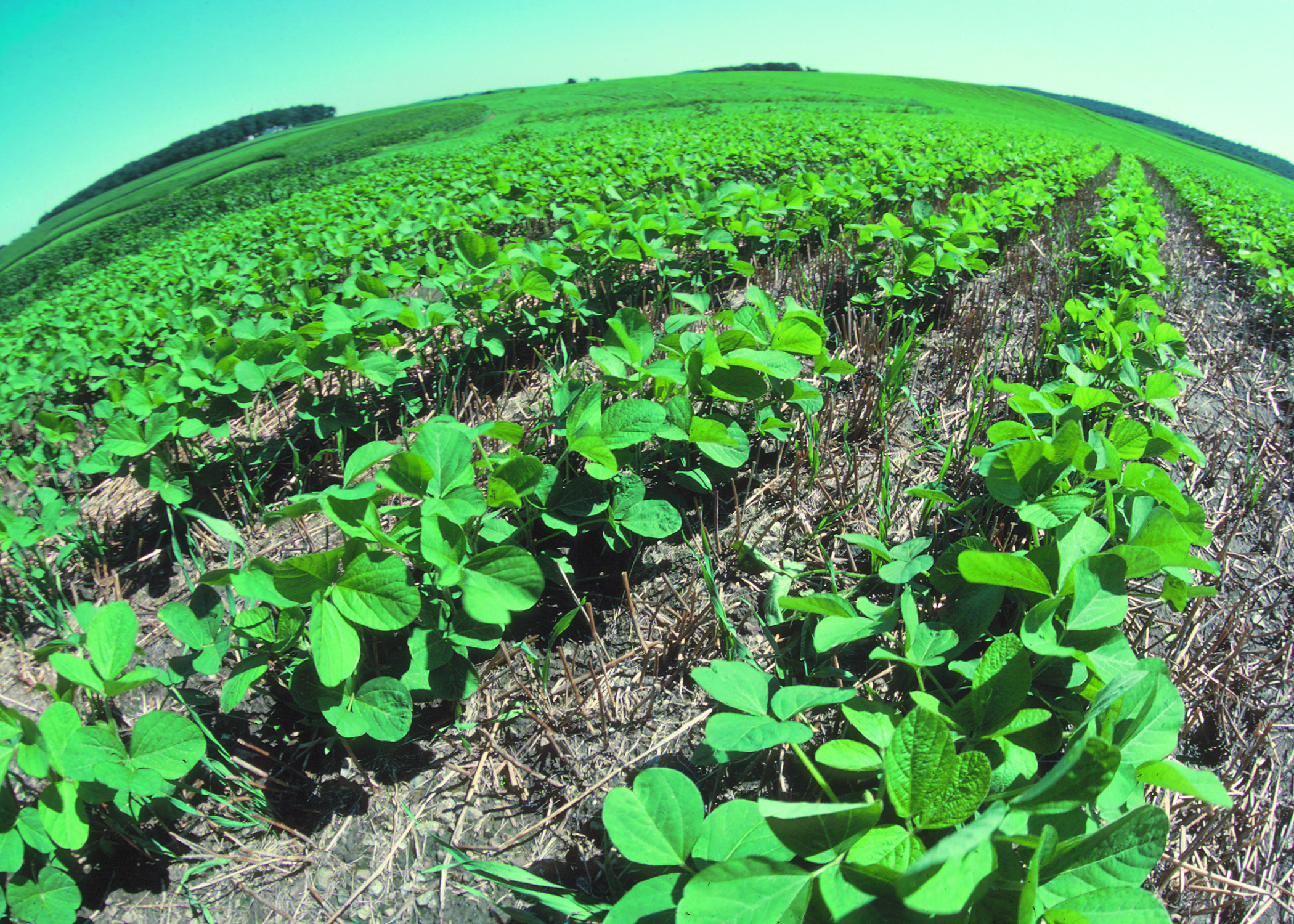



Article by: Hari Yellina (Orchard Tech)
Australia is one of the world leaders in no-till acres. About 56.7 million acres are no-tilled, which equates to about 67% of its cropland. Adoption of no-till in Australia began in the 1960s. Many believe Garry Hine of Wellstead, Western Australia, to be Australia’s first no-tiller. His original family operation included 420 acres of owned ground and 300 acres of rented land, along with sheep and beef cattle. Western Australia has a Mediterranean climate that includes wet winters and extremely hot, dry summers. In 1963, he sprayed fields with paraquat (Gramoxone) and seeded perennial ryegrass for the first time. He decided to no-till because tillage encouraged the germination of annual ryegrass, which is considered a weed when it comes to pure seed production. It became an experiment to determine if sowing perennial ryegrass into pasture land would keep the annual ryegrass from germinating. It worked. Hine was able to eliminate the more expensive and time-consuming option of grazing those fields for up to 3 years to choke out the annual ryegrass.
Furthermore, in the mid-1970s, the United Kingdom company ICI encouraged western Australian farmers to buy SpraySeed herbicide, which was a mix of diquat and paraquat. This herbicide was sprayed on newly emerged weeds in May. After spraying, farmers would fertilize and seed with tined seeders that did a limited amount of tillage. Pulled by 100-hp tractors, these drills were used to seed various crops 1-3 days after the weeds had been sprayed. SpraySeeding, also known as direct drilling, was the predecessor of no-till in western Australia, but the tined seeder resulted in nearly 100% soil disturbance.
By comparison, no-till in Australia today is defined as having less than 20% soil disturbance at seeding time. Consultant and no-till advocate Bill Crabtree, known to many as “No-Till Bill,” devoted much of his career to expanding true no-tilled acres in Australia. He has worked with many of the country’s no-till pioneers, including Hine, along with no-till champions from South America. When Crabtree started working with the Western Australian government, no-till wasn’t practised in the region, and he says even the governmental agencies supposedly backing it weren’t entirely on board. Western Australian no-tillers overcame many obstacles since then, and adoption rates have topped 90% in Western Australia, with 100% adoption in Crabtree’s home county.
After years of helping farmers, Crabtree decided to try no-till himself. In 2007, he bought 7,000 acres of farmable ground in northeast Morawa, Australia. Some 95% of his cropping program includes continuous wheat, but he also no-tilled canola, triticale and lupins. Controlled traffic has helped keep his soils free of compaction, which allows more of the limited amounts of water to infiltrate into the ground. St. Arnaud receives an average of 17.6 inches of rain per year. Protecting soils from compaction has resulted in very mellow soils and better yields over the years. Postlethwaite says combining controlled traffic with no-till gave him a much better way to better manage with limited moisture.